The power of professional motivation is an oft-overlooked key to success across industries and professions. Many underestimate the potential impact motivational skills can have on their life, missing out on the opportunities that could come with a proactive and effective motivation strategy. It is time to put the power of professional motivation to work – uncover the real potential that motivation can bring and see how it can change your life.
Table of Contents:
1. Overview of Motivation Theory
2. Professional Motivation Strategies
3. Internal and External Motivation
4. How Professional Motivation Can Change Your Life
5. Objectives for Professional Motivation
1. Overview of Motivation Theory
Motivation is a complex phenomenon that shapes our behavior and influences our goals. In the workplace, motivation is driven by emotions and can be either internal or external in nature. With internal motivation, an individual will have a sense of intrinsic motivation, finding reward in accomplishment and overcoming challenges. External motivation comes from external sources such as rewards, incentives, or recognition from other people. The motivational theory of behavior holds that an individual is driven to satisfy needs and desires, which in turn drives one’s beliefs, attitudes, and decisions and ultimately results in behavior.
2. Professional Motivation Strategies
Professional motivation strategies are important for helping employees to stay focused and motivated in their careers. Professional motivation strategies can include rewards, recognition, incentives, and positive reinforcement. Rewards can be monetary, such as bonuses and salary raises, or non-monetary, like promotional opportunities. Recognition can also be a powerful motivation tool; providing subordinates or peers appreciation and compliments can improve morale and better performance. Incentives may come in the form of awards, competitions, or recognition. Finally, positive reinforcement is a key aspect of motivation; recognizing milestones, accomplishments, or efforts can drive employees to go above and beyond.
3. Internal and External Motivation
Motivation can be either internal or external in nature. Internal motivation is driven by an individual’s wants and desires, leading them to pursue their goals with less need for external stimulus. On the other hand, external motivation is driven by rewards, incentives, or recognition from others; it is important to understand that both forms of motivation are valid and important for coaching and motivating employees. Each individual will have a different motivation style, and it is important to understand and cater to the specific needs of individual employees and teams when constructing a comprehensive professional motivation plan.
4. How Professional Motivation Can Change Your Life
Professional motivation can do much more than simply improve your career performance; through understanding how motivation works, how to effectively motivate yourself, and how to apply the skills to a professional setting, an individual can find ways to apply the principles to their personal life as well. Greater job performance and satisfaction can translate to improved life satisfaction and psychological well-being, including improved social relationships and self-esteem. Professional motivation can leave employees with a renewed sense of purpose, helping them to better establish and attain long-term goals to lead a more fulfilling life.
5. Objectives for Professional Motivation
Objectives for professional motivation can vary greatly depending on the individual or team. It is important to identify and understand the specific needs of each person or team, and the desired outcome of the professional motivation plan. Common objectives for individual motivation plans include improved performance, higher levels of engagement, personal growth, and better job satisfaction. For teams, objectives could include more efficient collaboration and communication, improved harmonious relationships, and greater commitment. It is important to have specific goals established before implementing a professional motivation plan so that progress and success can be tracked along the way.


